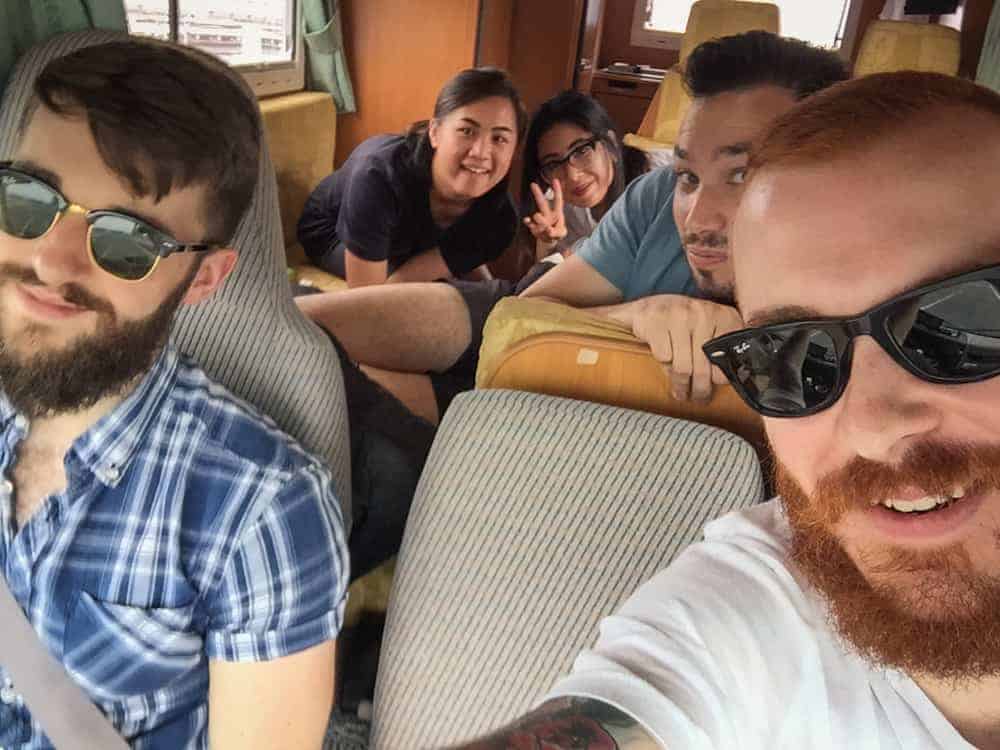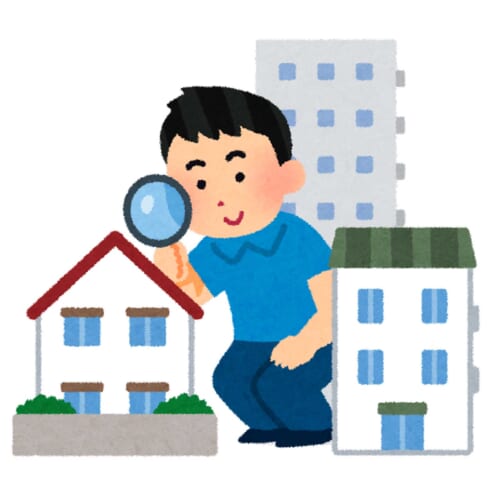Japan is famous for its super-efficient public transport systems and myriad of pristine taxis. But have you ever considered exploring Japan with a camper van? Camper van travel is a budget-friendly option that combines transportation and accommodation, offering the freedom to discover remote destinations beyond typical tourist spots.
With tips from expert Voyapon contributors, this guide covers everything you need to know to start your camper van adventure in Japan.
- What Amenities are Included in a Japanese Camper Van Rental?
- How Much Does it Cost to Rent a Camper Van in Japan?
- How and Where to Rent an RV in Japan?
- What Should I Bring to Travel by Camper in Japan?
- Where Can you Park with a Camper Van in Japan?
- What is Required to Drive with a Camper in Japan?
- Where are the Best Places to Travel by RV in Japan?
What Amenities are Included in a Japanese Camper Van Rental?
Thanks to Voyapon contributor Matt de Sousa, we know that camper vans in Japan come well-equipped with essentials like a microwave, refrigerator, stovetop, sink, table seating, and bedding. Many also feature windows with fly screens for ventilation and bug protection. Contributor Nina Cataldo noted additional rental options such as camping chairs, BBQ pits, and outdoor tables.

Depending on the rental company, your van may include a Japanese GPS (ask about language options), a rearview camera for easier parking, or an ETC card slot for automated toll payments. Note that ETC cards must be obtained beforehand, as they aren’t available for tourists.




Most vans are delivered with a full tank of gas, which must be refilled before returning. Impressively, Nina’s trip to Chiba and back used only a third of the tank, despite a few wrong turns!
How Much Does it Cost to Rent a Camper Van in Japan?
There are many types of campers and RVs in Japan. Rent can vary, and prices can change depending on whether you rent on the weekdays or weekends. For example, Camp in Car estimates their price per working day is 20,000 yen (about 121 euros / 128 dollars)*. Keep in mind that weekends can be more expensive, but considering that five people can fit inside a camping van, the shared price is much lower than paying for a train ticket and daily accommodation. In addition, there may be discounts for long-term rentals.


Another expense to consider in Japan when traveling with private transport is the price of highways. Fortunately, some passes for foreigners include free movement on some of these roads. For example, you will cover a large part of the Japanese territory by taking the Central Nippon Expressway Pass, or the Hokkaido Express Pass will cover that prefecture.
* Exchange rates reflect rates at the time of writing (January 2025)
How and Where to Rent an RV in Japan?
Many camping van rental services have the option to rent online or by phone. However, we recommend booking in advance to guarantee the availability of the vehicle you want. Some rental companies also offer an additional delivery service, bringing the RV straight to your doorstep, and then picking it up on the last day of your travels. Fees can vary, starting at 1,000 to 2,000 yen, depending on your location.



Another gushingly sweet aspect that Nina experienced was the handwritten notes for clients posted inside the vehicle. For example, she found a note next to the driving wheel that said “Have a fun and safe journey!” and another one above the bed, which read, “Please sleep soundly and peacefully.” What a sweet touch to make the experience more personable.
What Should I Bring to Travel by Camper in Japan?
While camper rentals often come with their necessities that are bundled with the rental price, there are other things to bring that’ll make your camper van travel even more comfortable. Contributor Matt suggests:
- Pillows and blankets: Matt recommends you bring at least a thin blanket, even during the summer months. In July, Matt brought only pillows to sleep but found that temperatures dropped significantly at night.
- Food: Bring snacks or larger grocery items. There might be some shops in rural areas, though hours can vary, and it is better if you take your food with you to avoid being without food.
- Trash bags: Like any rental equipment, you need to take your trash with you when you leave.
- Cleaning supplies: Rental companies require you to return your camper clean, so take some paper towels and a basic cleaner spray from a 100 yen shop to wipe your interior down.
- An international driver’s permit, home country’s driver’s license, and passport are essential to driving in Japan legally.
- Better yet, bring your Japanese driver’s license, if you have one.


Where Can you Park with a Camper Van in Japan?
There are several convenient places to camp in Japan with a camping van. For example, Matt decided to stay at the Odakyu Forest Cottage next to Lake Yamanaka before climbing Mount Fuji. Before deciding to stay in any place, it is essential to check if you are allowed to sleep in your vehicle. For example, you are not allowed to park and sleep overnight at a Michi no eki 道の駅 (highway service stop).
What is Required to Drive with a Camper in Japan?
If you want to drive in Japan but don’t have a Japanese driver’s license, you’ll need an international driving license. Americans can check Nina’s article comparing driving in America vs. Japan, and Australians (or anyone used to driving on the left-hand side) can check out Matt’s article comparing driving in Australia vs. Japan. To summarize, you should remember that they drive on the left in Japan and most of their cars are automatic. Here’s Nina’s first experience driving in Japan: it is genuinely positive.
Luckily, Japan is full of courteous and cautious drivers who follow the rules, and it’s nothing like what I’ve experienced in other foreign countries. If you’re used to driving in the United States or wherever you’re from, driving in Japan should come to you with just as much ease!”
Besides having your driving license, the driving law in Japan requires that you wear your seatbelt when the car is moving. Years ago, only the driver and the copilot had to wear it, but since 2008 it has been compulsory for everyone.
Where are the Best Places to Travel by RV in Japan?
If you rent a camper, we recommend exploring off-the-beaten-path areas that are difficult to get to with public transport. Although the Japanese transport network is very efficient, rural areas can only be reached by private vehicles. Here are some ideas:
- Spend the day driving to and around Mount Fuji in Shizuoka Prefecture.
- Go flower hunting in Yamanashi Prefecture for the peach flower blossoms.
- Drive through Hokkaido, where travel via car or RV is essential to explore this vast northern island.


When traveling around Japan, you’ll experience unforgettable kindness and care, and the trending #vanlife community offers a unique way to see a different side of the country — one filled with adventures, nature, and places often missed by city travelers. Traveling on wheels lets you explore remote destinations at your own pace, so why not give it a try? For more tips, check out our guide to camping in Japan!
Based on Matt De Sousa and Nina Cataldo’s previous articles in collaboration with Camp In Car.












Enjoyed reading this article. Its very informative.
Hi,
My family are very keen to RV in japan but finding good free to cheap pleace to stay is a bit tricky.
Do you have a map that has moterway stops, camping places already marked?
Thanks
Matt
We’re hoping to do this sometime this next year and my only concern is bathrooms and showers. We’re most likely wanting to explore mid-southern Japan mostly.